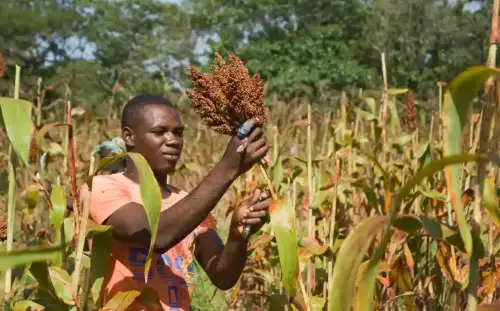
Celiac.com 04/02/2025 - Researchers at the University of Nevada, Reno have developed 200 new sorghum varieties that could revolutionize agriculture, dairy feed, and gluten-free human nutrition. Led by Dr. Melinda Yerka, the project focuses on creating drought-tolerant, high-yield sorghum varieties that address the challenges of climate change while offering sustainable solutions for food and feed production. This breakthrough has significant implications for people with celiac disease or gluten sensitivity, as sorghum is a naturally gluten-free grain that could become a staple in gluten-free diets worldwide.
The Need for Resilient Crops in a Changing Climate
Climate Challenges in Agriculture
Celiac.com Sponsor (A12):
Climate change has created unprecedented challenges for farmers, including unpredictable weather patterns, droughts, and extreme temperatures. Traditional crops like corn and alfalfa, which require significant amounts of water, are becoming less viable in many regions. This has led to a growing demand for resilient, water-efficient crops that can thrive in semi-arid environments.
Sorghum’s Unique Advantages
Sorghum, a drought-tolerant grain, has emerged as a promising alternative. It requires only 20 to 25 inches of water per year, compared to the 30 to 40 inches needed for corn and alfalfa. Additionally, sorghum is naturally gluten-free, making it an ideal crop for gluten-free food production. The new varieties developed by Dr. Yerka’s team also boast high levels of protein and digestible starch, enhancing their nutritional value for both human and animal consumption.
Sorghum’s Role in Gluten-Free Nutrition
A Safe and Nutritious Option for Celiac Disease and Gluten Sensitivity
For individuals with celiac disease or gluten sensitivity, finding safe, nutritious, and versatile gluten-free foods can be a challenge. Sorghum is naturally gluten-free and has been used in gluten-free products for years, but the new varieties developed at the University of Nevada, Reno offer even greater potential. With improved protein content and digestibility, these sorghum varieties could become a cornerstone of gluten-free diets, providing essential nutrients often lacking in gluten-free products.
Expanding Gluten-Free Food Options
The development of sorghum varieties with specific traits, such as waxy starches for soft-textured foods or harder seeds for longer shelf life, opens up new possibilities for gluten-free food innovation. For example, sorghum can be used to make gluten-free bread, pasta, cereals, and even beer. By partnering with food scientists and breweries, Dr. Yerka aims to create a diverse range of gluten-free products that cater to different tastes and dietary needs.
Sorghum as a Sustainable Dairy Feed
Addressing the Dairy Industry’s Challenges
The dairy industry is facing increasing pressure to reduce its environmental footprint, particularly in terms of water usage and greenhouse gas emissions. Sorghum offers a sustainable alternative to traditional dairy feeds like corn and alfalfa. Field trials have shown that sorghum performs well with less water, making it an attractive option for dairy farmers in water-scarce regions.
Economic and Environmental Benefits
Switching to sorghum as a dairy feed could also have significant economic benefits. Dr. Yerka’s team is conducting life-cycle cost analyses to evaluate the financial impact of transitioning from corn or alfalfa to sorghum. Early results suggest that sorghum could reduce production costs while maintaining or even improving milk yields.
Global Impact and Collaboration
Expanding Sorghum’s Reach
The new sorghum varieties have already garnered international attention. Dr. Yerka is collaborating with sorghum breeders at the International Maize and Wheat Improvement Center in Nairobi, Kenya, to develop similar varieties for African climates. This partnership aims to improve food security and nutrition in countries like Kenya, Ethiopia, Tanzania, Uganda, Malawi, Zambia, and Senegal, where sorghum is a staple crop.
Tailoring Sorghum to Local Needs
Different regions have unique preferences for sorghum grain qualities. For example, in Ethiopia, waxy starches are preferred for making injera, a traditional flatbread, while in Senegal, harder seeds are favored for their longer shelf life. By identifying the genes responsible for these traits, Dr. Yerka’s team is working to streamline the breeding process and develop sorghum varieties tailored to local needs.
The Future of Sorghum: Innovation and Commercialization
Yerka Seeds: Bridging the Gap
To bring her sorghum varieties to market, Dr. Yerka founded Yerka Seeds, a company focused on licensing high-performing sorghum varieties to seed companies and partnering with farmers to supply grain for food and dairy production. Yerka Seeds aims to bridge the gap between small-scale specialty grain production and large-scale commercial markets, offering sustainable and nutritious options for both human and animal consumption.
CrossLock Technology: Protecting Specialty Grains
One of the most innovative aspects of Dr. Yerka’s work is the development of “crossLock technology,” which prevents cross-pollination between sorghum varieties. This ensures that specialty grain qualities, such as high protein content or specific starch profiles, are preserved, making it easier to produce consistent, high-quality grains for food and feed.
What This Means for People with Celiac Disease and Gluten Sensitivity
A Reliable Gluten-Free Grain
The development of these new sorghum varieties is a significant step forward for the gluten-free community. Sorghum is not only safe for people with celiac disease and gluten sensitivity but also highly nutritious, providing essential proteins, fibers, and minerals. By expanding the availability and versatility of sorghum, Dr. Yerka’s work could lead to a wider range of gluten-free products that are both delicious and nutritious.
Reducing the Risk of Cross-Contamination
One of the biggest challenges for people with celiac disease is avoiding cross-contamination with gluten-containing grains. Sorghum, as a naturally gluten-free crop, offers a safer alternative. With the development of crossLock technology, the risk of cross-pollination with gluten-containing grains is minimized, further ensuring the safety of sorghum-based products.
Conclusion: A Bright Future for Sorghum
The groundbreaking work being done at the University of Nevada, Reno has the potential to transform agriculture, food production, and nutrition. By developing drought-tolerant, high-yield sorghum varieties, Dr. Melinda Yerka and her team are addressing some of the most pressing challenges of our time, from climate change to food security.
For people with celiac disease and gluten sensitivity, this research offers hope for a future with more diverse, nutritious, and safe gluten-free options. As sorghum becomes more widely adopted in food and feed production, it could play a key role in building a more sustainable and inclusive food system. With continued innovation and collaboration, the possibilities for sorghum are endless.
Read more at: unr.edu



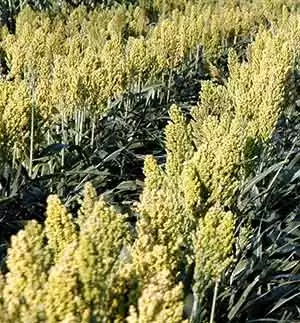

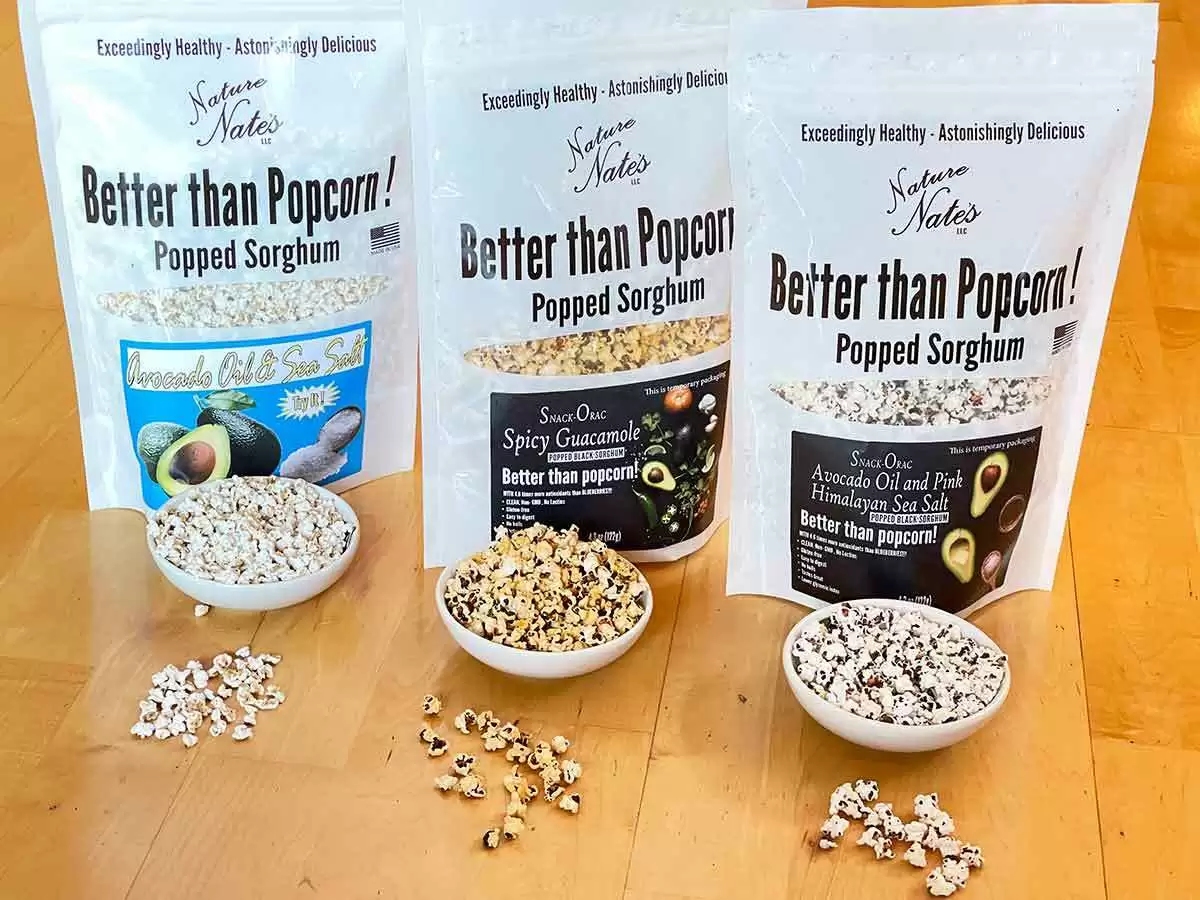
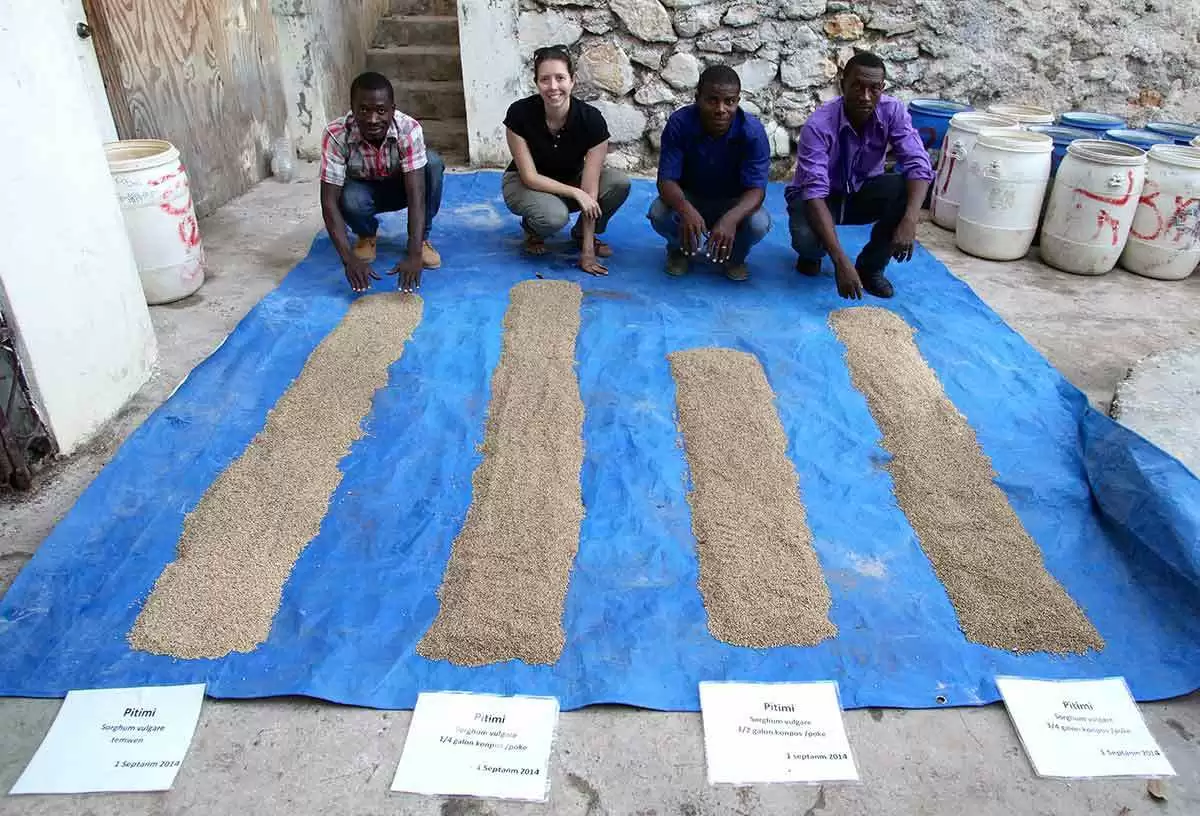

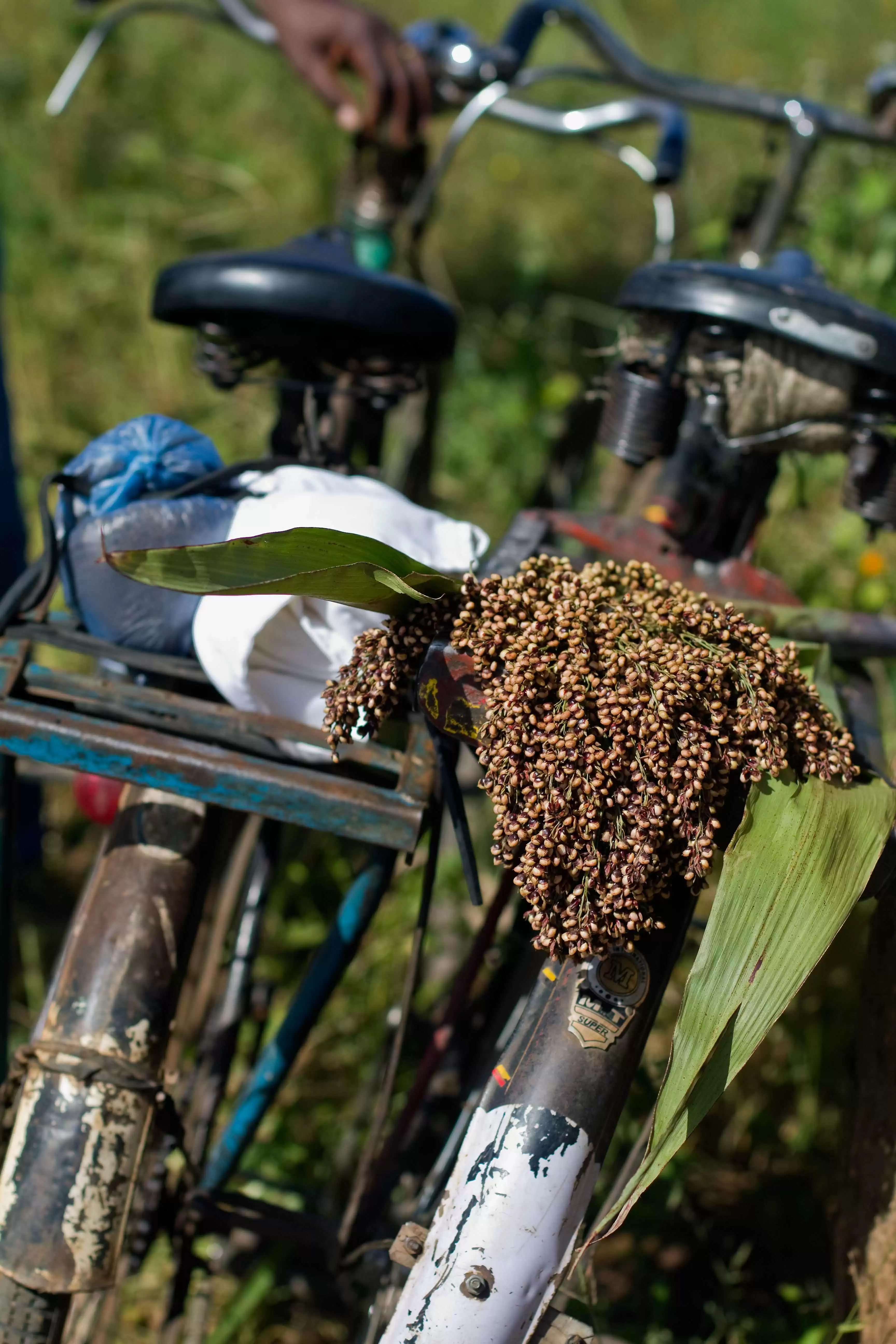

.thumb.jpeg.68baa0c544d6e8650c8d7d90634190c3.jpeg)


Recommended Comments
There are no comments to display.
Create an account or sign in to comment
You need to be a member in order to leave a comment
Create an account
Sign up for a new account in our community. It's easy!
Register a new accountSign in
Already have an account? Sign in here.
Sign In Now